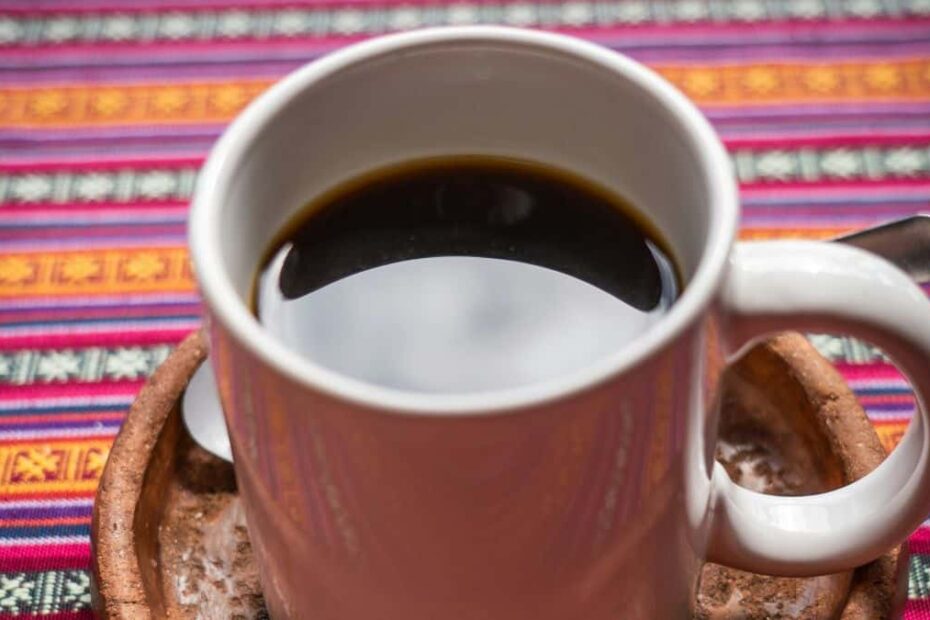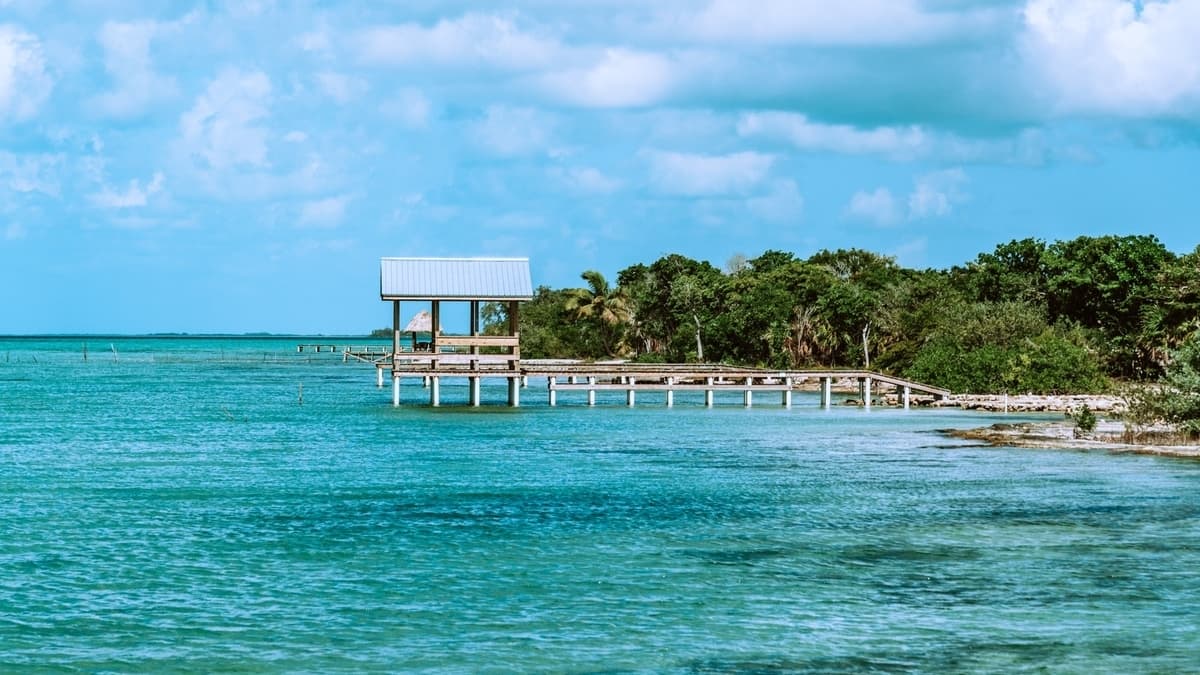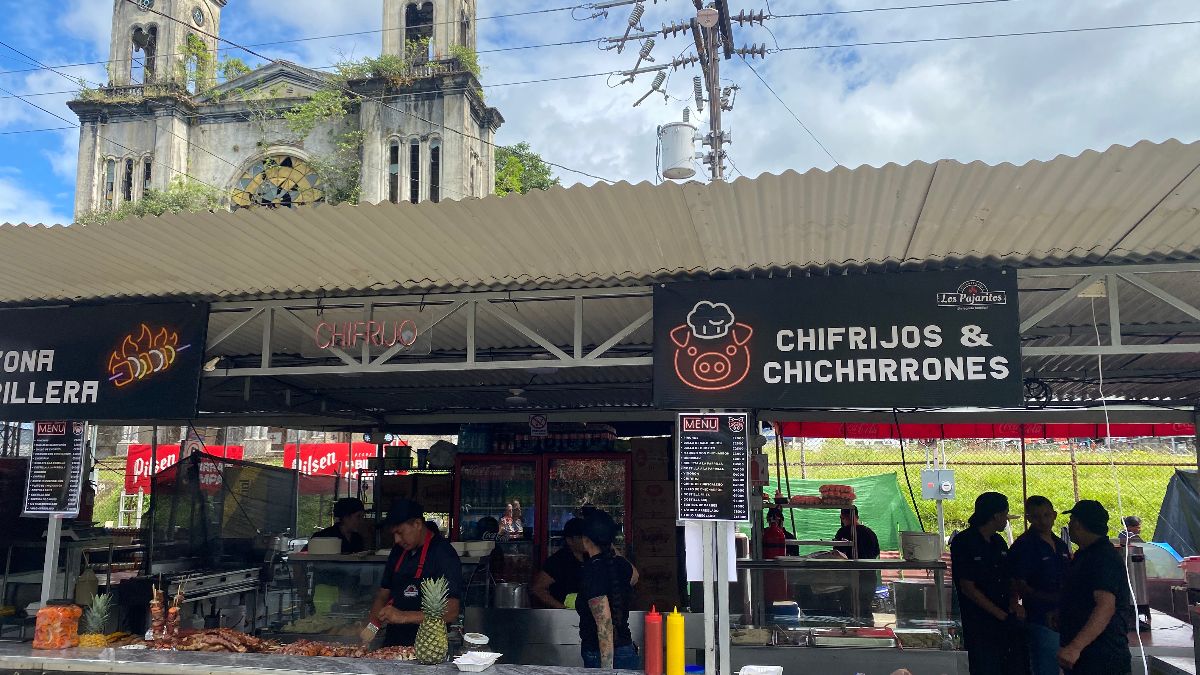Discover some of our Central American coffee making tips to brew the perfect cup at home with all those beautiful beans you brought back with you!
So you’re back from your Central American journey, refreshed after your vacation. If you’ve been in at least six out of the seven countries that make up the isthmus, chances are you’ve bought back some the best coffee beans in the world with you. Everyone does. And if you’ve been in Belize and didn’t bring back any coffee, you’ve missed out, but that’s another story!
But whether you’re unpacking Guatemala’s chocolatey beans or Costa Rica’s citrusy ones from your luggage, you know you can expect a better class of home-brewed coffee for a while. This guide is all about that home brewing and shows you how to turn those beans into tasty coffee that reminds you of cozy sips at dawn in the cloud forest. Let’s get started.
Your Beans
First, let’s see what coffee you’ve got. Central American beans bring a range of flavors to your kitchen, each shaped by where it grows and how it’s processed. Each country’s beans offer something special, and knowing their flavors helps you brew a cup that hits all the right notes.
- Belize: Arabica and Robusta beans, chocolatey flavor, smooth finish.
- Guatemala: Shade-grown Arabica beans, chocolatey notes in Antigua, citrusy flavors in Huehuetenango.
- Honduras: Arabica beans, chocolate and citrus notes in Copán, berry flavors with gentle acidity in Opalaca.
- El Salvador: Shade-grown Arabica beans, full-bodied, floral notes.
- Nicaragua: Arabica beans, smooth body, chocolate aroma, citrus notes.
- Costa Rica: Arabica beans, bright and citrusy flavors, full body in Tarrazú.
- Panama: Geisha beans, floral and citrusy flavors, tea-like quality.
Any of these beans set the stage for a great brew, and you can use any method to bring out their taste.
Tools You’ll Need
Start with a burr grinder to get your brew off to a good start. It grinds beans evenly, so every particle adds flavor, unlike blade grinders that chop inconsistently. For brewing, try a French press to make a bold, full-flavored cup. If you prefer a clean, light brew, a pour-over cone with paper filters works well. Want something simple? A drip machine delivers consistent results, although those of you seeking a true Central American coffee experience can also make (or buy while here) something that looks like a sock (they call it a chorreador in Costa Rica)… why not make coffee like a local? Aside from that, pick up a kitchen scale to measure coffee and water accurately, and use any kettle to heat water.
View this post on Instagram
Brewing Your Cup
When you’re ready to brew, you’ve got options that work for any Central American beans. Try a French press for a bold cup. Grind fifteen grams of coffee (about one tablespoon), coarse like sea salt, for eight ounces of water. Heat water to 195 to 205 degrees Fahrenheit for about thirty seconds after it bubbles. Pour a small splash over the grounds, stir gently, and wait another thirty seconds for the coffee to bloom, which smooths out the flavor. Add the remaining water, stir, and steep for four minutes. Press the plunger slowly, pour into a mug, and enjoy a rich, satisfying cup.
If you want a lighter brew, a pour-over is a great choice. Grind your fifteen grams of coffee medium-fine, like table salt, for eight ounces of water. Place a paper filter in your cone and rinse it with hot water to warm it up and remove paper taste. Add grounds, pour thirty grams of water at 195 to 205 degrees Fahrenheit, and wait thirty seconds for the bloom. Slowly pour the rest of the water in circles, keeping the grounds wet, over two and a half to three minutes. Remove the filter, pour, and enjoy a crisp, clean cup.
For a no-fuss approach, a drip machine produces a balanced brew with minimal effort. Again, take fifteen grams of coffee, and this time grind them medium – like sand – or eight ounces of water. Place a filter, paper or reusable, in the machine and warm the carafe with hot water. Add grounds, fill the reservoir with filtered water, and brew for four to six minutes. Stir the coffee, pour, and you’ve got a reliable cup that’s ready to go. Use a scale to keep your coffee-to-water ratio at 1:16 for a balanced brew, or 1:14 for a stronger one. Each method lets you craft a cup that suits your taste, so experiment to find your favorite.
Perfecting the Flavor
So that’s how to make the best of your brewing techniques. A few simple habits can take your Central American coffee to the next level, though. To start, always grind beans just before brewing to lock in their freshness, as pre-ground coffee loses flavor fast. Use filtered water to avoid off-tastes from the tap, but steer clear of distilled water, which lacks the minerals coffee needs for full flavor. Keep your water temperature steady at 195 to 205 degrees Fahrenheit – too hot, and the brew turns bitter; too cool, and it tastes flat. If you’re unsure about the temperature, let boiled water sit for thirty seconds before pouring.
Store beans in an airtight container in a cool, dark cupboard, not the fridge, where moisture can dull their taste. Aim to use them within two to four weeks for peak flavor, as older beans lose their punch. Clean your grinder, French press, or drip machine after each use to prevent old coffee oils from tainting your next brew. If you have hard water where you live, descale your drip machine monthly to keep it running smoothly and avoid mineral buildup that can affect taste.
When you drink, sip slowly to enjoy the coffee’s full character. If the brew tastes sour or weak, try grinding finer or brewing a bit longer to extract more flavor. If it’s bitter or harsh, go coarser with the grind or shorten the brew time to reduce over-extraction. These adjustments let you fine-tune the taste to your liking. Play with the coffee-to-water ratio too; stick with 1:16 for a standard cup, but try 1:15 or 1:14 if you want a bolder kick. Experimenting with these tips helps you find the sweet spot for your perfect brew, whether you’re starting your day or taking a midday break. Keep tweaking until every cup feels just right.
Ready for coffee?
Brewing coffee at home with beans you bought in Central America brings a piece of your travels to your kitchen. With the right tools and a bit of practice, you can craft a brew that feels like a morning in a Central American town, sipped slowly as the day begins. Keep tweaking your method, from grind to pour, and you’ll turn those beans into a daily ritual that celebrates your journey.



